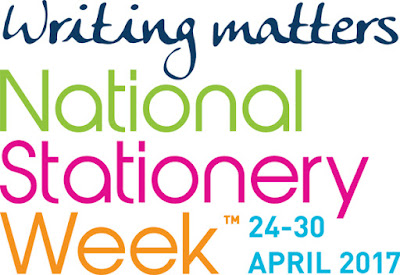10 interesting facts about stationery

Let’s face it, we all love stationery. Being handed a new and fancy-looking stapler can lift my mood as much as the next person, but there are a few things we did not know about the beloved items we have on our desks (unless you’re a stationery geek). So, let’s lay out the facts (with the assistance of some lovely imagery): There you go, you learn something new every day. Happy World Stationery Day!

